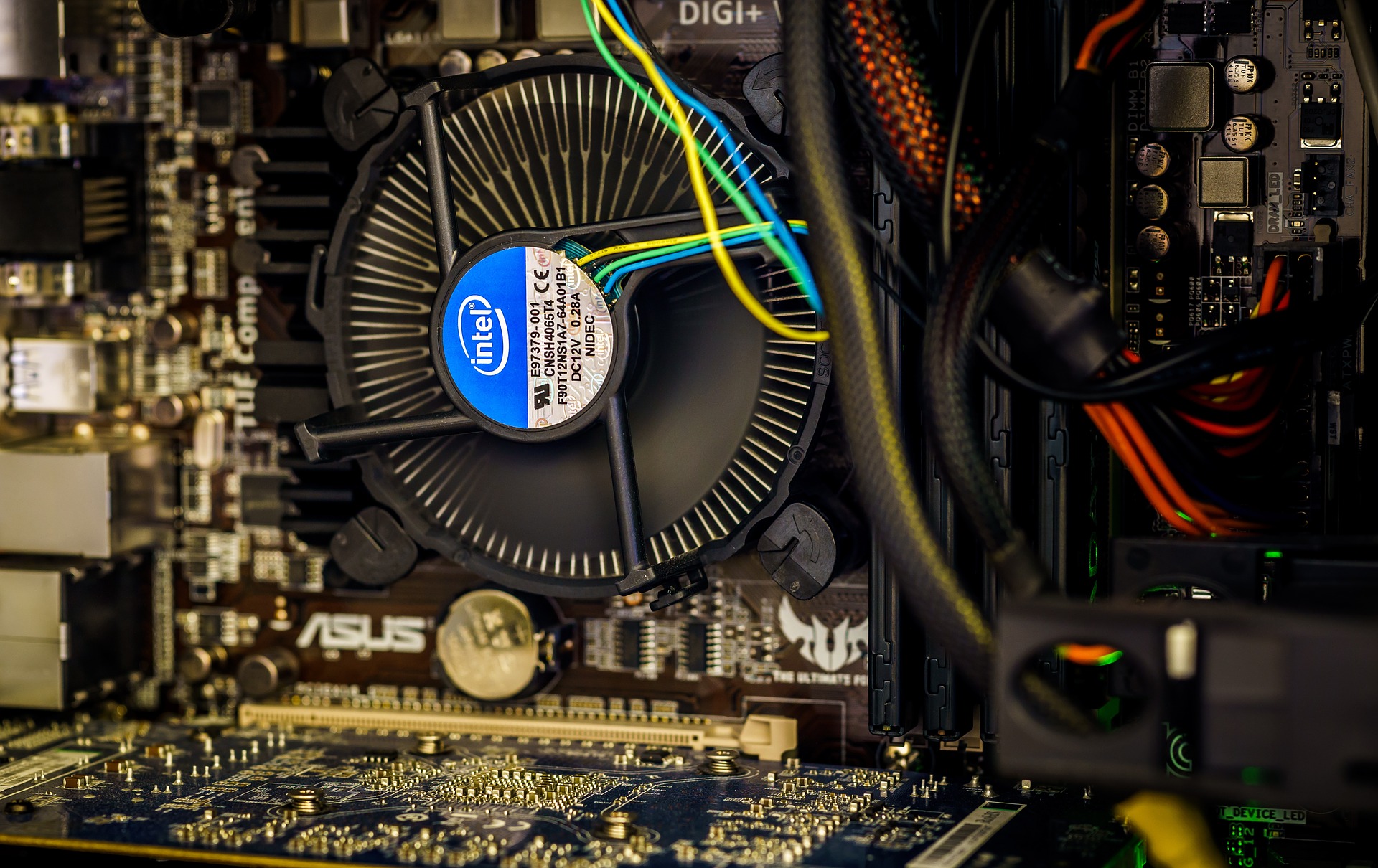With tech giants like Microsoft, Google and Amazon providing cloud solutions, why do we need an independent machine or server to do the job? The reason is simple: cloud solutions are far too expensive in the long run and it all depends on the usage of resources.
In this article, we will be concentrating on how to set up the deep learning server, as the components have already been described in one of our former articles. Also, make sure you check out the compatibility of the components.
Here is a list of top performing and affordable hardware components for a Deep Learning Server:
- Motherboard: Gigabyte Z370
- GPU: GeForce Gtx 1080 Ti
- Processor: Intel Core i5 8600K
- RAM: Corsair Vengeance LPX 16GB 2x8GB DDR4
- Power Supply Unit: Corsair 600W
Now that we have all the components we will start building our Deep Learning Machine.
Choosing The OS
If you come from a software background you will know that a Linux machine can be your best work buddy. We will stick with Ubuntu Server 16.04 LTS as it provides the best support for the softwares that follow.
- Download your Ubuntu from here.
- If you are choosing the Ubuntu Desktop version instead of Ubuntu server you will need to switch to console mode manually.
- Making Bootable Disk: This is a fairly simple step. Have your USB stick by your side and follow the simple instructions provided here.
- Install the OS with the Bootable USB: This is a straightforward step for anyone who uses a computer fairly. All you need to do is to follow some simple steps. You can find plenty of materials online to get this part done. Restart your system once the installation is complete.
Installing Software Stack for Deep Learning
Before proceeding to install the Nvidia drivers, we must make sure to remove or disable the nouveau driver which is the default driver in Ubuntu. Although we have our GeForce Gtx 1080 Ti inside the box, our machine still uses the inbuilt card that comes with the motherboard.
To activate our graphics card we need to install the drivers.
Installing CUDA
CUDA 10 is the latest version however, we recommend that you stick with the CUDA 9 to avoid dependency issues with cuDNN and Tensorflow
Follow the links below for instructions:
- Before installing check your device and OS compatibility.
- Download the installer for the OS and follow the instructions
- Perform the post-installation actions
Installing cuDNN
- Create a free Nvidia developers account
- Download cuDNN specified for your CUDA and Ubuntu versions.
Make sure to download these three files:
- Runtime Library
- Developer Library
- Code Samples and User Guide
- Follow steps 2.3.2 and 2.4 from here
Installing TensorFlow
Follow the instructions here to install TensorFlow in your machine. Make sure to choose the GPU enabled version that is compatible with the versions of CUDA,cuDNN and Ubuntu that we have already installed in our machine.
Installing Jupyter Notebook
Install Jupyter Notebook in your Deep Learning Machine using pip
Type in the following commands in the terminal:
- python3 -m pip install –upgrade pip
- python3 -m pip install jupyter
To run Jupyter Notebook:
- jupyter notebook
Setting up Remote Access
Enabling SSH
To access your machine remotely enable SSH in your machine by installing OpenSSH.Follow the Instructions here.
Accessing Jupyter Note remotely
Run Jupyter Notebook in your Deep Learning Machine
- jupyter notebook –no-browser –port=8889
SSH from your local machine or a different machine
- ssh -N -L localhost:8888:localhost:8889 user@serverip
Open port 8888 by typing in localhost:8888 in a browser in your local machine to access Jupyter Notebook.


























